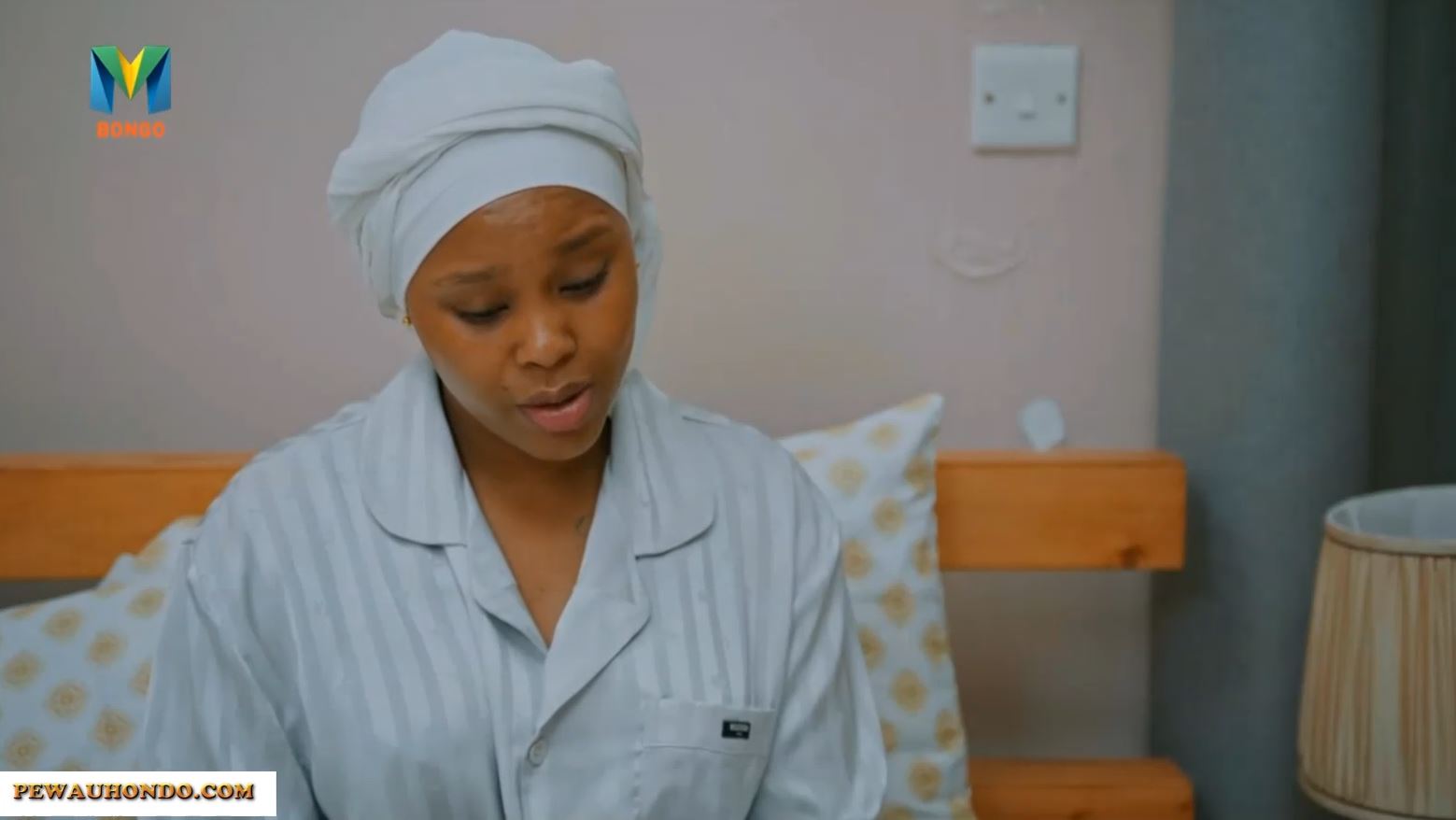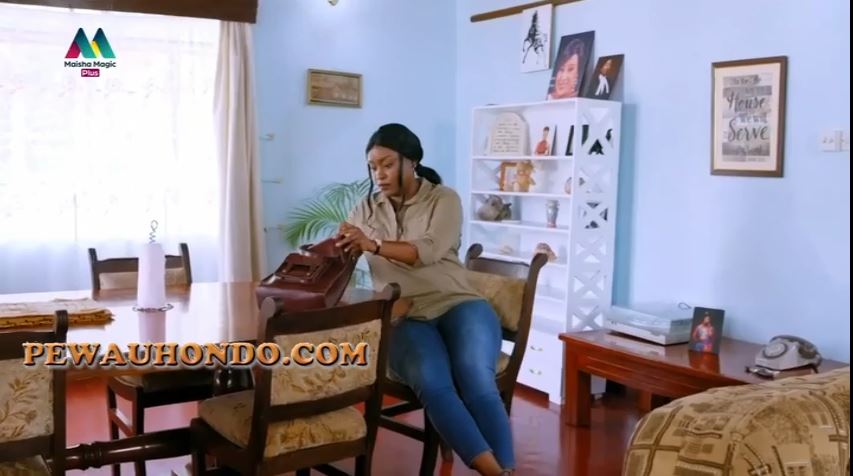Why the GoPro HERO10 Black is Great for Vloggers and Content Creators
The GoPro HERO10 Black, released in September 2021, remains a top-tier choice for vloggers and content creators in 2025, building on the success of its predecessor, the HERO9 Black, with enhanced performance and vlogging-specific features. As an action camera, it’s renowned for its ruggedness and versatility, but its upgrades, like the front-facing LCD and powerful stabilization, have made it a favorite among creators for social media, YouTube, and dynamic content. This article explores the HERO10 Black’s selling points, ideal users, drawbacks, competitors, and pricing in Kenyan shillings, drawing on insights from reviews and market data.
Key Selling Points
The GoPro HERO10 Black combines cutting-edge technology with vlogging-friendly features, making it a powerhouse for content creation.
- High-Resolution Video and Photos: The HERO10 Black captures 5.3K video at 60fps, offering 91% more resolution than 4K, and 4K at 120fps for smooth, high-quality footage. It also supports 8x slow-motion at 2.7K and can extract 15.8MP stills from 5.3K video. The 23MP sensor delivers vibrant photos, perfect for social media or frame grabs from vlogs.
- HyperSmooth 4.0 Stabilization: GoPro’s Emmy® award-winning HyperSmooth 4.0 stabilization delivers gimbal-like smoothness, even in intense scenarios, making it ideal for action-packed vlogs like biking or hiking. Enhanced horizon leveling with a higher tilt limit ensures footage stays straight, a boon for dynamic shoots.
- Front-Facing LCD: The 1.4-inch front color display, introduced with the HERO9, is a game-changer for vloggers, allowing easy framing for selfies or solo videos. The improved 2.27-inch rear touchscreen offers snappy, responsive controls for quick adjustments.
- Creator Edition Accessories: The Creator Edition bundle includes the Media Mod (with directional mic and 3.5mm port), Light Mod for enhanced lighting, and Volta grip, which doubles as a tripod and extends battery life to over 4 hours of 5.3K recording. These accessories transform the HERO10 into a complete vlogging kit.
- Rugged and Waterproof: Waterproof to 33ft (10m) without a housing and built to withstand drops and harsh conditions, it’s perfect for adventure vloggers. A new hydrophobic lens cover reduces water droplets and flare, improving clarity in wet environments.
- Cloud Connectivity and Editing: With a GoPro subscription, the HERO10 auto-uploads footage to the cloud upon charging, and the Quik app offers AI-based editing tools for quick highlight reels. Built-in Wi-Fi and Bluetooth support live streaming and seamless transfers to smartphones.
These features make the HERO10 Black a versatile, all-in-one solution for creators needing high-quality, durable gear.
Who It’s Best For
The GoPro HERO10 Black is tailored for creators who prioritize portability, durability, and high-resolution video. It’s ideal for:
- Adventure Vloggers: Its rugged build, waterproofing, and stabilization suit creators filming extreme sports, travel, or outdoor adventures like surfing or hiking.
- Social Media Influencers: The front LCD, vibrant output, and Quik app make it perfect for TikTok, Instagram Reels, or YouTube Shorts creators needing quick, high-quality content.
- Hybrid Content Creators: Those capturing both video and stills for social media or small projects benefit from its 23MP photos and 5.3K video frame grabs.
- Beginners to Pros in GoPro’s Ecosystem: Its ease of use and Creator Edition accessories cater to novices, while advanced features like F-Log and 10-bit output appeal to experienced creators.
If you need a compact, rugged camera for dynamic content, the HERO10 Black is a top choice.
Drawbacks to Consider
While the HERO10 Black is powerful, it has limitations that may affect some creators in 2025.
- Battery Life: Despite the 1720mAh battery, high-resolution modes like 5.3K 60fps drain power quickly, often requiring spares or the Volta grip for extended shoots. Users note that shooting at lower frame rates (e.g., 30fps) and reducing HyperSmooth settings can help.
- Low-Light Performance: The 1/2.3-inch sensor struggles with noise in low-light conditions, a common issue for action cameras, making it less ideal for indoor or evening vlogs without additional lighting.
- No Microphone Input Without Mod: The base camera lacks a 3.5mm mic port, requiring the Media Mod for external audio, which adds cost and bulk. The built-in mic is average in noisy or windy settings.
- Complex for Beginners: The interface and settings can be overwhelming for novices, especially when adjusting modes like HyperSmooth or frame rates.
- Discontinued Model: Superseded by the HERO13 Black, new HERO10 units are scarce, and prices in the used market vary due to demand.
These drawbacks make it less suitable for creators needing long battery life, low-light excellence, or built-in pro audio without accessories.
Competitors
The action camera market offers several alternatives for vloggers, each with unique strengths. Here’s a comparison:
The DJI Osmo Action 4 excels in battery life and low-light performance, while the Insta360 Ace Pro offers higher resolution. The HERO9 Black is a cheaper alternative but lacks the HERO10’s speed and frame rates.
Pricing in Kenyan Shillings
As of August 30, 2025, the GoPro HERO10 Black is discontinued, with prices reflecting the used or refurbished market, though some new stock may be available. Based on local listings and global used prices (converted at ~129 KES/USD):
- Used/refurbished body: Approximately KSh 25,000 – 35,000.
- Used Creator Edition (with Media Mod, Light Mod, Volta grip): KSh 50,000 – 65,000.
- New (if available): KSh 33,000 – 45,000, though stock is limited.
Check platforms like Jumia, Cameras Africa, or Jiji for deals, as import duties may add 10-20%. The GoPro subscription can offer discounts on accessories or bundles.
Conclusion
The GoPro HERO10 Black remains a fantastic choice for vloggers and content creators in 2025, offering 5.3K video, HyperSmooth 4.0 stabilization, and a front-facing LCD in a rugged, compact package. While its battery life, low-light performance, and reliance on accessories for pro audio pose challenges, its versatility and Creator Edition bundle make it ideal for adventure vloggers and social media creators. Pair it with the Media Mod and Volta grip for a complete vlogging setup. For those seeking a high-performance action camera at a budget-friendly price in the used market, the HERO10 Black delivers exceptional value.
BWANA CHAIRMAN MAISHA MAGIC PLUS SEASON 1 EPISODE 37 SUNDAY 31ST AUGUST 2025









You must be logged in to post a comment.